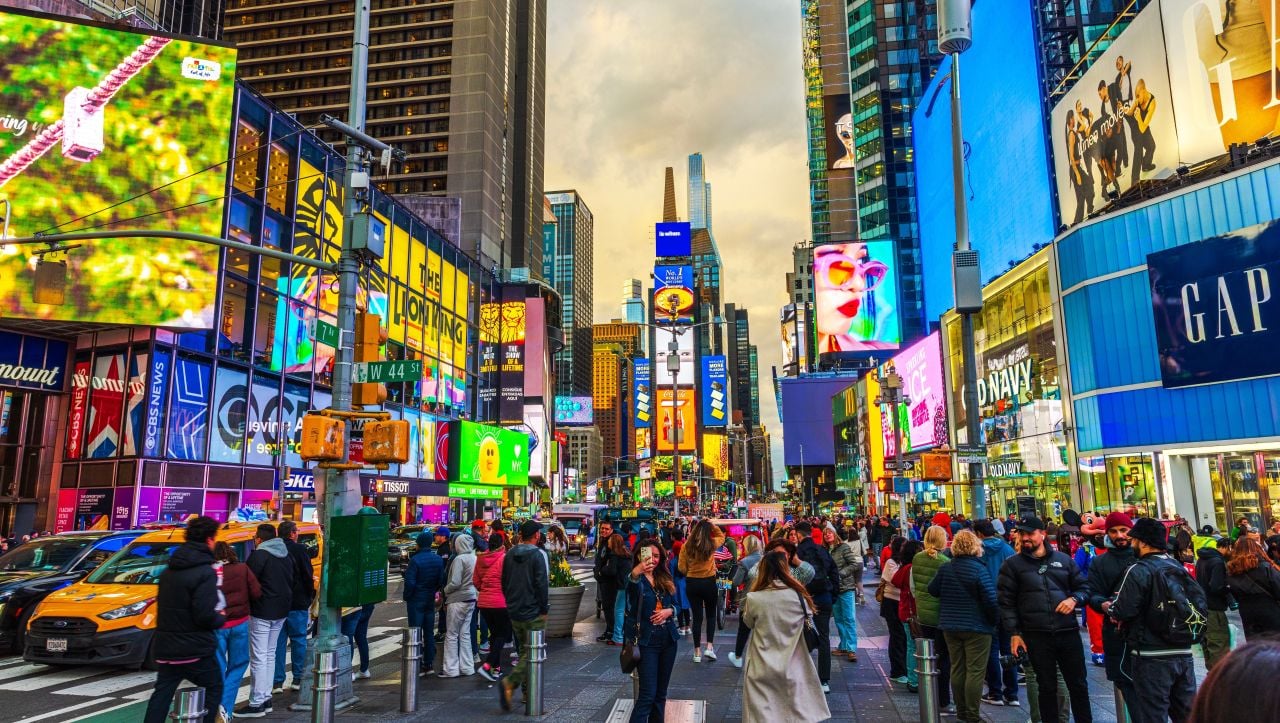
For decades, senior discounts were a small but appreciated acknowledgment of a lifetime of work. From restaurants to retail stores, those over 55 or 60 could count on modest savings simply for showing up with an ID. But recently, a subtle shift has occurred. Many businesses have quietly eliminated these discounts—no announcement, no press release, just gone.
While it may seem minor, for many older adults on fixed incomes, these small savings added up. More importantly, the silent disappearance of senior discounts reveals broader shifts in how companies view aging consumers—and where their financial priorities now lie.
Here are eight places where the senior discount has vanished without notice, and what this trend signals for retirees and older shoppers navigating an increasingly digital and cost-conscious economy.
1. Chain Restaurants That Quietly Updated Their Menus
Family-friendly restaurant chains like Applebee’s, IHOP, and Denny’s were once known for offering senior-specific menus or discounts for patrons 55 and up. But in many locations, those senior perks have disappeared—not with an announcement, but with a quiet update to the menu.
What once was a staple of breakfast deals or early bird specials is now replaced by dynamic pricing and app-exclusive coupons. The assumption is that older customers are now using smartphones to find deals, but many aren’t, or don’t want to.
For diners who’ve built routines around senior savings, these unannounced changes feel like a betrayal of loyalty more than a simple policy shift.
2. Movie Theaters Eliminating Age-Based Pricing
For decades, movie theaters offered discounted matinee or senior tickets to help retirees enjoy entertainment without breaking the bank. But in recent years, the senior ticket option has quietly disappeared from many theater websites and self-serve kiosks.
Chains like AMC and Regal have shifted toward subscription models and dynamic pricing, which prioritize frequent users over age-based deals. In some cases, seniors must now use an app to receive a loyalty discount, excluding those without smartphones. It’s a subtle nudge toward tech adoption, but for many older adults, it’s also a barrier to a once-simple pastime.
3. Pharmacies Scaling Back Senior Savings Days
Large chains like Walgreens and CVS previously promoted monthly or weekly senior discount days. These were highly anticipated by older shoppers who planned prescription and household purchases around them.
But as profit margins tighten and digital programs replace paper coupons, these promotions have vanished from many stores. Instead, loyalty apps and targeted email offers are the new norm.
If you don’t check your inbox or use the store’s app, you may miss any savings altogether. This shift effectively penalizes those who don’t or can’t adapt to digital retail.
4. Grocery Stores Removing In-Store Senior Discount Hours
Many regional grocery stores once offered weekly senior discount hours, typically during weekday mornings. But without fanfare, these programs have been phased out, particularly after the pandemic shifted shopping habits and staffing costs increased.
Now, older shoppers may find their preferred shopping time offers no special benefit, and no one’s explaining why. Some stores have replaced these with broader digital coupon programs, which again require tech fluency to use. The result is a loss of both savings and dignity for seniors who once saw those hours as both cost-saving and community-building.
5. Utility Companies Ending Age-Based Assistance
In some regions, seniors once qualified for discounted utility rates based on age alone. These programs were quietly overhauled in favor of income-based assistance, which isn’t inherently bad, but it removed a small relief that many relied on.
Now, unless a senior meets strict income thresholds, they may no longer qualify for energy or water discounts, even if their fixed income hasn’t changed. This silent shift has gone largely unnoticed…until the bill arrives.
It reflects a growing trend: replacing age-based benefits with needs-based models, which can be harder to access and less forgiving of financial nuance.

6. Retail Chains Ending Senior Discount Days
Chains like Kohl’s and Ross once promoted weekly senior discount days that offered 10-15% off for shoppers over a certain age. But many locations have stopped advertising these days or ended them altogether without notifying customers.
What once drew loyal weekly foot traffic has now been replaced by credit card rewards and app-only offers. If you aren’t part of the store’s digital ecosystem, the deals no longer reach you. For older shoppers, this feels less like modernization and more like exclusion.
7. Public Transportation Fare Adjustments
Several city transit systems historically offered senior discounts with simple ID verification. But increasingly, these programs now require enrollment in digital fare systems or prepaid transit cards, adding an extra layer of complexity.
Some seniors only discover their discount is missing when they attempt to pay onboard or reload a card, only to find the new system doesn’t recognize their eligibility. The discount itself may still exist, but the access to it has changed, favoring those comfortable with apps, registration portals, and online validation. The barrier isn’t the cost—it’s the process.
8. National Park Passes with New Restrictions
The “America the Beautiful” senior pass has long offered retirees lifetime access to national parks for a one-time fee. But in recent years, restrictions on use, access windows, and reservation systems have complicated the benefit.
While the discount still technically exists, the simplicity of just showing up and using it has eroded. Online booking requirements, limited entry hours, and park-specific rules mean that many seniors are turned away or forced to pay extra fees. In effect, the perk is being diminished not by removal, but by red tape.
Why This Matters: A Subtle Shift in How We Value Aging Consumers
Senior discounts were never meant to make anyone rich. But they were a symbol of respect—a modest reward for decades of contribution and a recognition that older adults often live on tighter budgets. Their quiet removal reflects a larger change: a consumer economy increasingly focused on digital engagement, dynamic pricing, and customer segmentation.
In that landscape, older shoppers, especially those less comfortable with technology, risk becoming invisible. Retailers and service providers are optimizing for data and frequency, not loyalty or need. And unless older adults push back or adapt, these perks may disappear for good.
The troubling part isn’t just that discounts are vanishing. It’s that they’re vanishing quietly. There’s no transparency, no announcement, no opportunity to advocate or adjust. Seniors just show up one day and realize the rules have changed.
Senior Discounts Are Fading, But Should They Be?
As society becomes more digitally dependent, many of the traditional accommodations for older adults are vanishing in the name of modernization. But is this fair, or short-sighted? Aging consumers still control trillions in spending power and make up a large share of foot traffic in stores, theaters, pharmacies, and restaurants.
Failing to serve them transparently and respectfully could be both a social misstep and a business mistake.
Have you noticed a senior discount you used to count on suddenly vanish? Should businesses be required to notify customers when perks like these are removed?
Read More:
8 Senior Discounts That Aren’t Actually Discounts
7 “Innocent” Senior Discounts That Are Actually Traps
Riley Jones is an Arizona native with over nine years of writing experience. From personal finance to travel to digital marketing to pop culture, she’s written about everything under the sun. When she’s not writing, she’s spending her time outside, reading, or cuddling with her two corgis.










